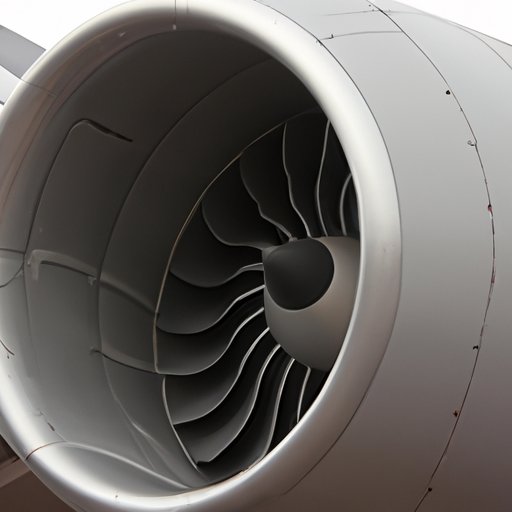Introduction
An aircraft is a machine that is capable of flying through the air by using lift generated by the wings. It is typically powered by engines and propelled forward by thrust. In this article, we will explore how an aircraft works by looking at its key parts and their functions, the physics behind the four forces of flight, different types of aircraft and their uses, the role of the pilot in aircraft operation, and advances in aircraft technology over the years.

Physics Behind the Four Forces of Flight
The four forces of flight—lift, drag, thrust, and weight—are responsible for keeping an aircraft in the air. Lift is the force that pushes an aircraft up into the sky. Drag is the resistance to the airflow created by the wings and other parts of the aircraft. Thrust is the force generated by the engines that propels the aircraft forward. Weight is the downward force created by the aircraft’s own mass.

Different Types of Aircraft and Their Uses
There are many different types of aircraft, each designed for a specific purpose. Commercial airplanes are used for transporting passengers and cargo over long distances. Military jets are used for combat missions and reconnaissance. Helicopters are used for search-and-rescue operations and medical evacuations. Gliders are used for recreational purposes and can stay in the air for hours without the need for an engine.
Role of the Pilot in Aircraft Operation
The pilot is responsible for the safe operation of an aircraft. Before taking off, they must conduct a pre-flight checklist to ensure that all systems are functioning properly. During the flight, they must be aware of the aircraft’s performance and make adjustments as necessary. After landing, they must complete a post-flight procedure to ensure that the aircraft is ready for its next flight.

Advances in Aircraft Technology Over the Years
Over the years, there have been significant advances in aircraft technology. Improvements in safety and efficiency have been made through the use of more advanced materials and designs. Automation and autonomous flight are becoming increasingly commonplace in modern aircraft. Innovations such as synthetic vision and autopilot systems are making it easier for pilots to navigate and control the aircraft.
Conclusion
In conclusion, we have explored how an aircraft works by examining its key components, the physics behind the four forces of flight, different types of aircraft and their uses, the role of the pilot in aircraft operation, and advances in aircraft technology over the years. We hope this article has provided you with a better understanding of the inner workings of an aircraft.
(Note: Is this article not meeting your expectations? Do you have knowledge or insights to share? Unlock new opportunities and expand your reach by joining our authors team. Click Registration to join us and share your expertise with our readers.)
